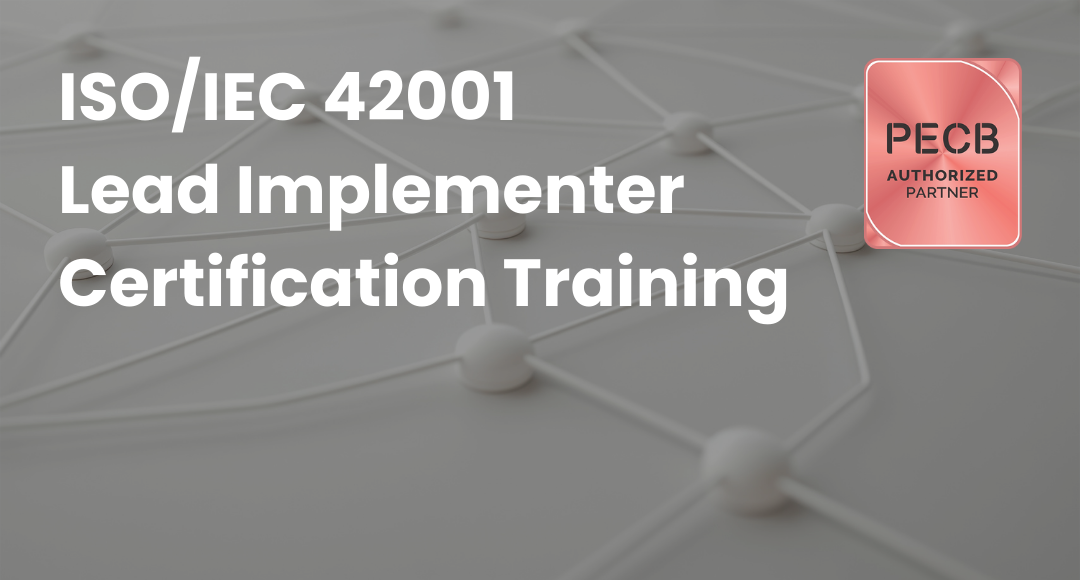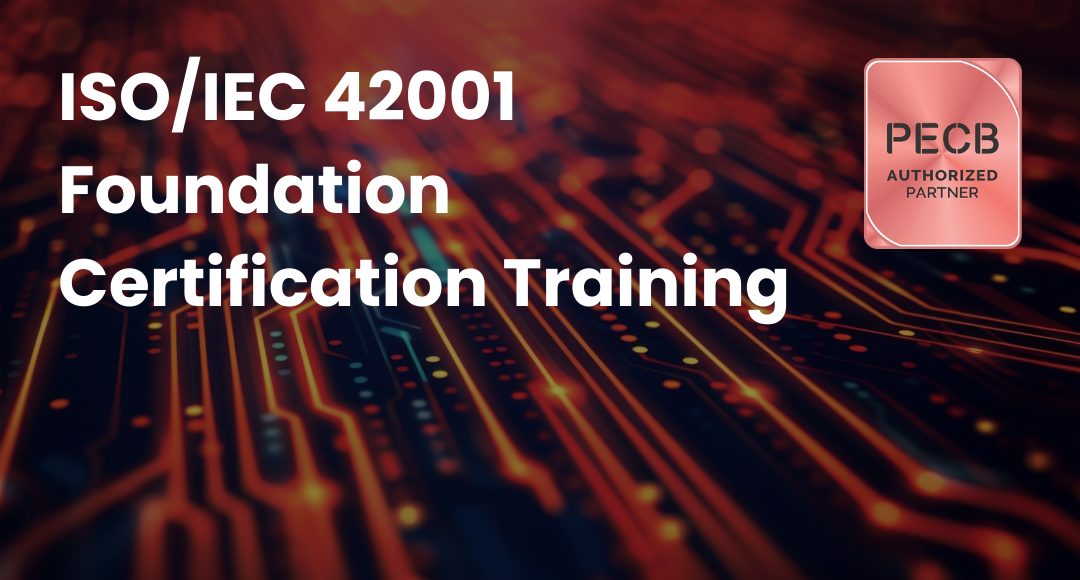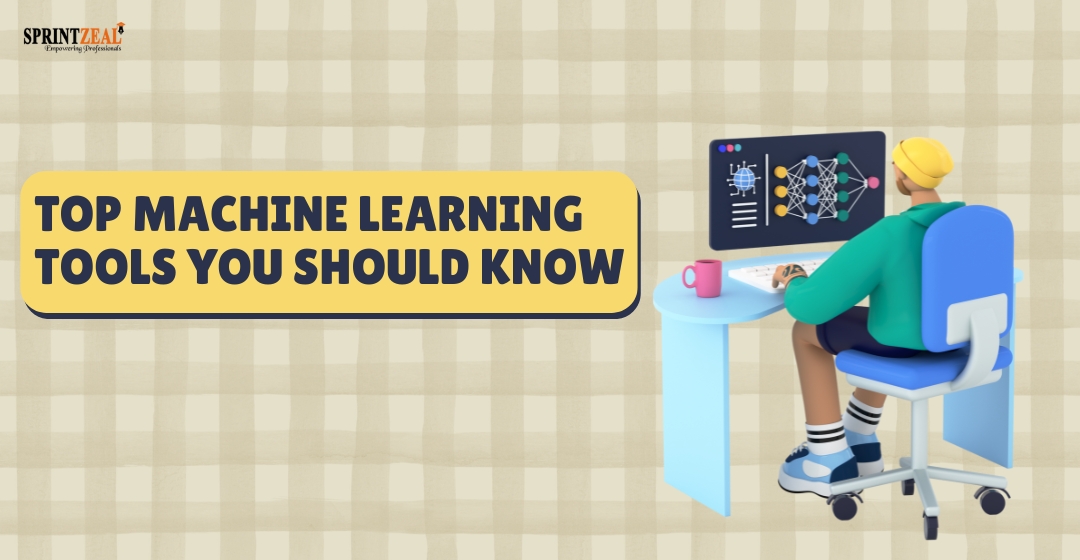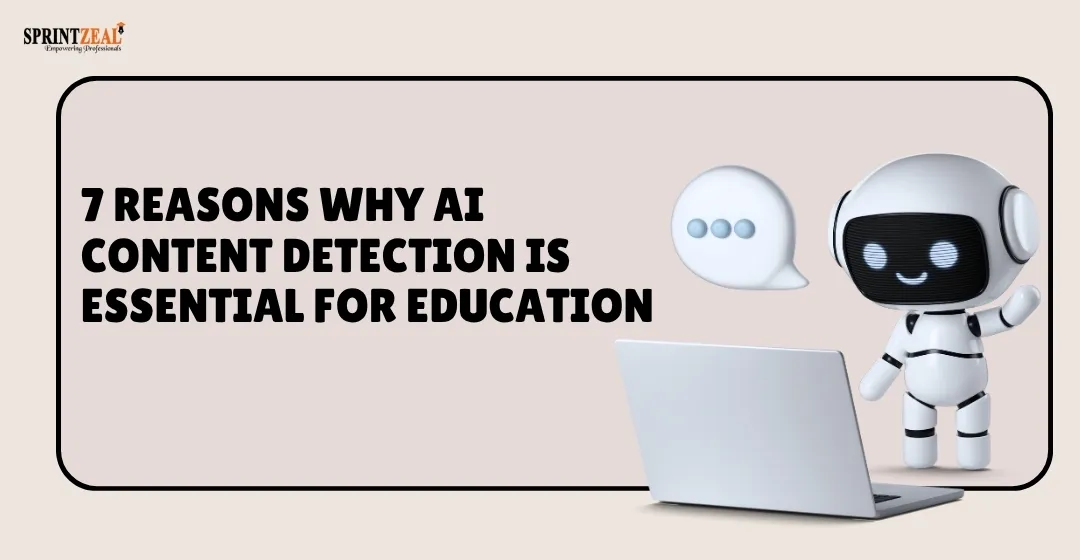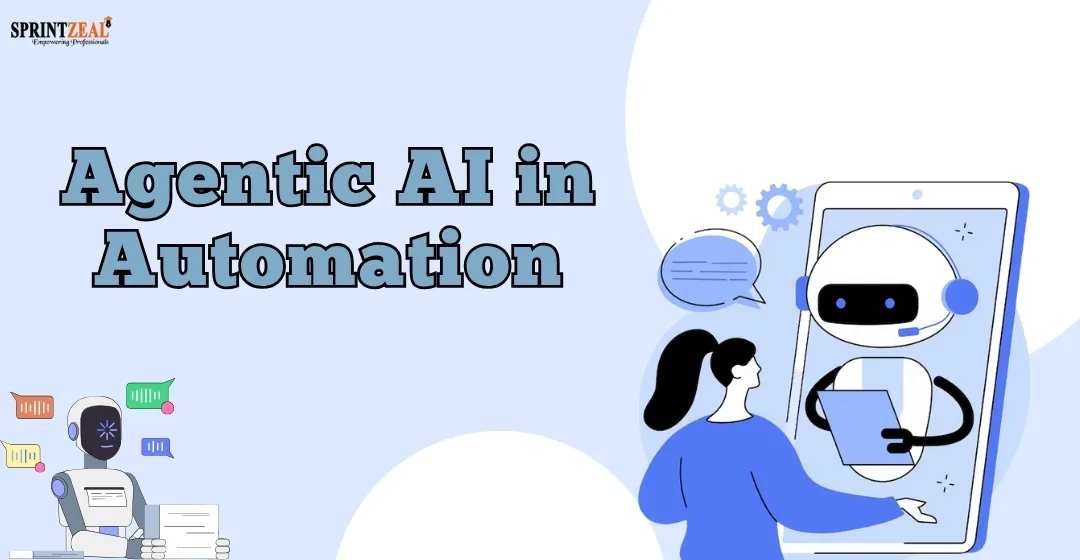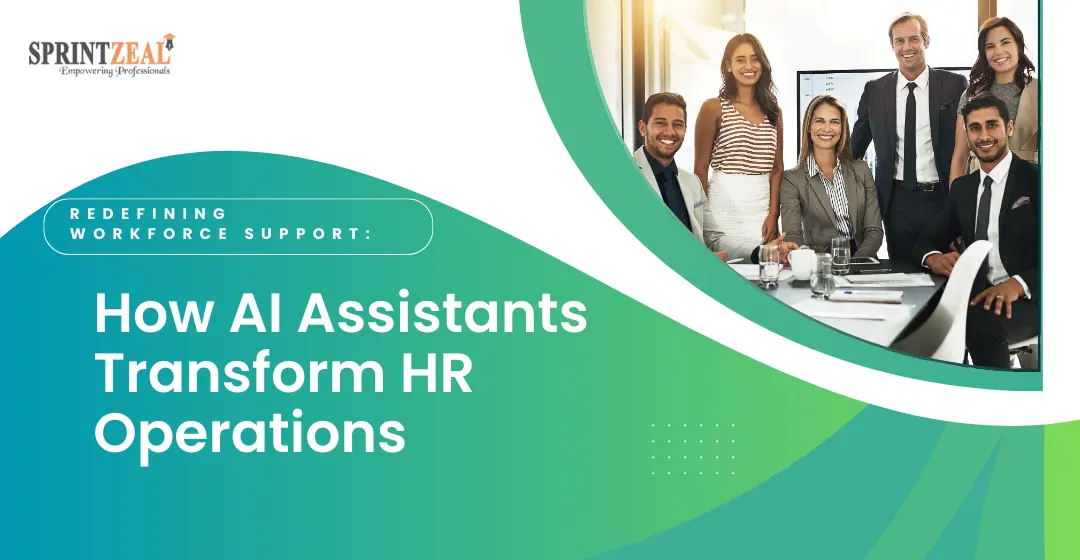Deep Learning Interview Questions - Best of 2024
-
 By Nandini
By Nandini - Published on Aug 9 2023

Table of Contents
Introduction to Deep Learning
Deep Learning is one of the quickest developing fields of data innovation. It is a bunch of strategies that grant machines to foresee yields from a layered arrangement of data sources. Deep Learning is being embraced by organizations everywhere in the world, and anybody with programming and information abilities can secure various positions open doors in this field.
A profession in Data Science can be the most fulfilling position for you at any point. Nonetheless, you need to hone your abilities in deep learning before going after an information researcher position. If your need to work in the field of deep learning, you ought to plan for an inside-and-out interview.
Numerous organizations have various rounds of interviews that test your specialized and programming abilities, your capacity to concoct answers for open-finished issues, how well you examine the information with a scope of techniques, how you apply deep learning adequately, and your authority of key ideas in AI and information science.
In this article, we take a gander at probably the most widely recognized deep learning interview questions and answers. These deep learning interview questions and answers have been compiled after extensive research from recruiters. These are the top deep learning interview questions and answers that you need to be thorough with when heading to an interview.
If you are applying for a job in the domain of deep learning, be sure to check out this article again to get familiar with the top deep learning interview questions and answers.
List of Top 45 Deep Learning Interview Questions and Answers
1) What is the distinction between Machine Learning and Deep Learning?
AI shapes a subset of Artificial Intelligence, where we use measurements and calculations to prepare machines with information, accordingly assisting them with improving the experience.
Deep Learning is a piece of Machine Learning, which includes emulating the human mind regarding structures called neurons and, in this way, shaping neural organizations. This is one example of basic deep learning interview questions and answers.
2) What is a perceptron?
A perceptron is like a real neuron in the human cerebrum. It gets contributions from different elements and applies capacities to these sources of information, which change them to be yield.
A perceptron is predominantly used to perform paired order, where it sees information, figures capacities dependent on the toads of the information, and yields the necessary change.
3) How is Deep Learning better compared to Machine Learning?
AI is amazing in that it is adequate to take care of the vast majority of the issues. Nonetheless, Deep Learning gets an advantage with regards to working with information that has countless measurements.
With the huge information, a Deep Learning model can without much of a stretch work with it as it is worked to handle this. This is part of the basic deep learning interview questions and answers.
4) What is the absolute most utilized utilization of Deep Learning?
Deep Learning is utilized in an assortment of fields today. The most utilized ones are shown below:

5) What is the significance of overfitting?
Overfitting is a typical issue when working with Deep Learning. It is a situation where the Deep Learning calculation vivaciously chases through the information to acquire some legitimate data.
This makes the Deep Learning model get clamor instead of helpful information, causing exceptionally high change and low predisposition. This makes the model less exact, and this is a bothersome impact that can be forestalled.
6) What are enactment capacities?
Enactment capacities are elements in Deep Learning that are utilized to interpret contributions to a usable yield boundary. Actuation is used to come up with the model.
It is a capacity that chooses if a neuron needs actuation or not by calculating the weighted entirety of it with the inclination.
Utilizing an actuation work makes the model yield non-straight. These actuations are bound to yield non-straight models. There are numerous kinds of enactment capacities:
ReLU
Softmax
Sigmoid
Straight
Tanh
7) For what reason is Fourier change utilized in Deep Learning?
Fourier change is a viable bundle utilized for investigating and overseeing a lot of information present in a data set. It can progressively cluster information and cycle it rapidly.
This guarantees that high proficiency is maintained and additionally makes the model more open to preparing an assortment of signs.
What are the means associated with preparing an insight into Deep Learning?
Five primary advances determine the learning of a perceptron:
Introduce edges and loads
Give inputs
Figure yields
Update loads in each progression
Rehash stages 2 to 4
8) What is the utilization of the misfortune work?
The misfortune work is utilized as a proportion of exactness to check whether a neural organization has gained precisely from the preparation information or not.
This is finished by contrasting the preparation dataset with the testing dataset. The misfortune work is an essential proportion of the presentation of neural organizations.
In Deep Learning, a decent performing organization will have low misfortune and work consistently when preparing.
9) What is a portion of the Deep Learning systems or devices that you have utilized?
Notwithstanding, a portion of the top Deep Learning structures out there today are:
TensorFlow
Keras
PyTorch
Caffe2
CNTK
MXNet
Theano
10) What is the utilization of the wash work?
The washing work is a self-gated actuation work created by Google. This actuation work developed by Google is quite well known.
It is presently a well-known actuation work utilized by numerous individuals, as Google guarantees that it beats the entirety of the other initiation capacities as far as computational proficiency.
11) What are autoencoders?
Autoencoders are fake neural organizations that learn with no management. Here, these organizations can consequently learn by planning their contributions to the comparison of yields. Autoencoders, as the name suggests, comprise two substances:
Encoder: Used to fit the contribution to an inward calculation state
Decoder: Used to change over the computational state once again into the yield
12) What are the means to be followed to utilize the slope plunge calculation?

13) What is a Multi-layer Perceptron (MLP)?
As in Neural Networks, MLPs have an information layer, a secret layer, and a yield layer. It has a similar construction as a solitary layer perceptron with at least one secret layer.
A solitary layer perceptron can group just straight distinguishable classes with a parallel yield (0,1), yet MLP can order nonlinear classes.
Except for the information layer, every hub in different layers utilises nonlinear initiation work. This implies the information layers, the information coming in, and the actuation work depend on all hubs and loads being added together, delivering the yield. The actuation work depends on all those factors.
All these factors need to be considered for ideal actuation work. MLP utilizes a managed learning technique called "backpropagation." In backpropagation, the neural organizations compute the mistake with the assistance of cost work. It engenders this blunder in reverse from where it came (changing the loads to prepare the model all the more precisely).
Technical Deep Learning Interview Questions and Answers
14) What is Data Normalization, and why do we need it?
The way towards standardising and improving information is designated "Information Normalization." It's a pre-preparing step to wipe out information repetition.
Regularly, information comes in, and you get similar data in various organizations. In these cases, you ought to rescale qualities to find a way into a specific reach, achieving better intermingling.
15) What is the Boltzmann Machine?
This model highlights an obvious information layer and a secret layer - simply a two-layer neural net that settles on stochastic choices concerning whether a neuron ought to be on or off. Hubs are associated across layers; however, no two hubs of a similar layer are associated.
16) What is the role of activation functions in a Neural Network?
At the most fundamental level, an enactment work determines whether a neuron ought to be terminated or not. It acknowledges the weighted amount of the data sources and predisposition as a contribution to any actuarial work. Step work, Sigmoid, ReLU, Tanh, and Softmax are instances of actuation capacities.
17) What's the compromise between inclination and change?
Bias is a blunder because of mistaken or excessively oversimplified suspicions in the learning calculation you're utilizing. The difference is a mistake due to an excess of intricacy in the learning calculation you're utilizing.
The inclination fluctuation disintegration decays the learning blunder from any calculation by adding the predisposition, the change, and a touch of final mistake because of commotion in the hidden dataset.
You don't need either a high inclination or a high change in your model. These basic deep learning interview questions and answers are used as an elimination tactic by recruiters.
18) What is information standardization in Deep Learning?
Information standardisation is a preprocessing step that is utilised to refit the information into a particular format. This guarantees that the organization can adapt adequately as it has better assembly when performing backpropagation.
19) What is forward engendering?
Forward engendering is the situation where data sources are passed to the secret layer with loads. In every secret layer, the yield of the actuation work is determined until the following layer can be prepared.
It is called forward spread as the interaction starts at the information layer and pushes toward the last yield layer.
20) What is backpropagation?
Backpropagation is utilised to limit the expense of work by first perceiving how the value changes when loads and predispositions are changed in neural organizations.
This change is effectively determined by understanding the slope at each secret layer. It is called backpropagation as the interaction starts from the yield layer, going in reverse to the information layers.
21) How is KNN unique about k-implies bunching?
K-Nearest Neighbours is a directed grouping calculation, while k-implies bunching is an unaided grouping calculation.
The basic contrast here is that KNN needs marked focuses and is subsequently directed learning, while k-implies doesn't—and is accordingly unaided learning.
22) Clarify how a ROC bend functions.
The ROC bend is a graphical portrayal of the differentiation between evident positive rates and the bogus positive rate at different edges.
It's frequently utilized as an intermediary for the compromise between the affectability of the model (genuine positives) versus the dropout or the likelihood it will trigger a bogus caution (bogus positives).
23) What is the importance of dropout in Deep Learning?
Dropout is a method that is utilized to avoid overfitting a model in Deep Learning. If the dropout esteem is excessively low, it will have a negligible impact on learning if it is too high, the model can under learn, causing lower productivity.
24) What are tensors?
Tensors are multidimensional exhibits in Deep Learning that are utilised to address information. They address the information with higher measurements. Because of the great level nature of the programming dialects, the sentence structure of tensors is effortlessly perceived and comprehensively utilized.
25) What is the significance of the model limit in Deep Learning?
In Deep Learning, the model limit alludes to the limit of the model to take in an assortment of planning capacities. A higher model limit implies a lot of data can be put away in the organization. We will look at neural organizations’ interview questions close by, as it is additionally a fundamental piece of Deep Learning.
26) What is a Boltzmann machine?
A Boltzmann machine is a kind of intermittent neural organization that utilises paired choices, close-by inclinations, to work. These neural organizations can be snared together to make deep-conviction organizations, which are exceptionally modern and used to take care of the most perplexing issues out there.
27) What is a portion of the benefits of utilizing TensorFlow?
TensorFlow has various benefits, and some of them are the following:
High measure of adaptability and stage autonomy
Trains utilizing CPU and GPU
Supports auto separation and its highlights
Handles strings and offbeat calculations without any problem
Open-source
Has a huge local area
28) What is a computational diagram in Deep Learning?
A calculation chart is a progression of tasks that are performed to take in inputs and mastermind them as hubs in a diagram structure. It very well may be considered a method of executing numerical estimations into a chart. This aids in equal handling and gives superior computational ability.
29) What is a CNN?
CNNs are convolutional neural organizations that are utilized to perform an investigation on pictures and visuals. These classes of neural organizations can include a multi-channel picture and work on it without any problem. These Deep Learning questions should be answered succinctly. So, make a point to understand them and return to them if important.
30) What are the different layers present in a CNN?
Four principles structure convolutional neural organizations:
Convolution: These are layers comprising substances considered channels that are utilized as boundaries to prepare the organization.
URL: It is utilized as the actuation work and utilized consistently with the convolution layer.
Pooling: Pooling is the idea of contracting the mind-boggling information substances that structure after convolution and is principally used to keep up the size of a picture after shrinkage.
Connectedness: This is utilized to guarantee that the entirety of the layers in the neural organization is completely associated, and enactment can be processed utilizing the inclination without any problem.
Deep Learning Interview Questions and Answers for Experienced Candidates
These deep learning interview questions and answers are designed for more experienced candidates.
31) What is RNN in Deep Learning?
RNNs stands for repetitive neural organizations, which structure to be a well-known kind of counterfeit neural organization. They are utilized to deal with groupings of information, text, genomes, handwriting, and more. RNNs utilize backpropagation for the preparation prerequisites.
32) What is a disappearing slope when utilizing RNNs?
Evaporating inclination is a situation that happens when we use RNNs. Since RNNs utilize backpropagation, inclinations consistently get more modest as the organization navigates through in reverse emphasis.
This compares to the model learning gradually along these lines, messing up productivity in the organization.
33) What is detonating angle drop in Deep Learning?
Detonating slopes are an issue that causes a situation that bunches up the angles. This makes countless updates to the loads in the model when preparing.
The working of the angle plunge depends on the prerequisite that the updates are small and controlled. Controlling the updates will straightforwardly influence the productivity of the model.
34) What is the utilization of LSTM?
LSTM stands for long momentary memory. It is a sort of RNN that is utilized to group a line of information. It comprises chains that enable it to perform like a broadly useful computational element.
35) Would you have a 60% possibility of having influenza in the wake of having a positive test?
Bayes' Theorem says no. It says that you have a (.6 * 0.05) (True Positive Rate of a Condition Sample)/(.6*0.05) (True Positive Rate of a Condition Sample) + (.5*0.95) (False Positive Rate of a Population) = 0.0594 or 5.94% possibility of getting an influenza.
Bayes' Theorem is the premise behind a part of AI that most outstandingly incorporates the Naive Bayes classifier.
These deep learning interview questions and answers are placed to gauge your level of practical expertise on the subject matter.
36) What is Gradient Descent?
Gradient Descent is an ideal calculation to limit the expense of work or to limit a blunder. The point is to track down the nearby worldwide minimum capacity. This determines the bearing the model should take to lessen the mistake.
37) What is the Cost Function?
Additionally, alluded to as "loss" or "error," cost work is an action to assess how great your model's presentation is. It's utilised to process the mistake in the yield layer during backpropagation.
We push that blunder in reverse through the neural organization and utilize that during the distinctive preparing capacities.
38) What are the applications of a Recurrent Neural Network (RNN)?
The RNN can be utilized for assessment investigation, text mining, and picture subtitling. Repetitive Neural Networks can likewise address time arrangement issues, for example, foreseeing the costs of stocks in a month or quarter.
39) What are the Softmax and ReLU Functions?
Softmax is an actuation work that creates the yield somewhere in the range of nothing and one. It separates each yield, to such an extent that the complete amount of the yields is equivalent to one. Softmax is regularly utilized for yield layers.
40) What are Hyperparameters?
With neural organizations, you're typically working with hyperparameters once the information is designed accurately. A hyperparameter is a boundary whose worth is set before the learning interaction starts.
It decides how an organization is prepared and the design of the organization (like the quantity of covered-up units, the learning rate, ages, and so on)
41) What is Dropout and Batch Normalization?
Dropout is the procedure of exiting covered-up and noticeable units of an organization randomly to forestall overfitting of information (regularly dropping 20% of the hubs). It pairs the number of cycles expected to unite the organization.
Clump standardization is the method to improve the exhibition and security of neural organizations by normalizing the contributions to each layer with the goal that they have a mean yield enactment of nothing and a standard deviation of one.
42) What are Overfitting and Underfitting, and how do you combat them?
Overfitting happens when the model learns the subtleties and commotion in the preparation of information to the extent that it antagonistically impacts the execution of the model on new data.
It is bound to happen with nonlinear models that have greater adaptability when learning an objective capacity. A model would be a model taking a gander at vehicles and trucks, but just perceiving trucks that have a particular box shape.
It probably won't have the option to see a flatbed truck because there's just a specific sort of truck it found in preparing. The model performs well in preparing information, but not in reality.
Underfitting insinuates a model that is neither very prepared for information nor can sum up new data. This normally happens when there is less and less off-base information to prepare a model. Underfitting has both lackluster showing and precision.
To battle overfitting and underfitting, you can resample the information to gauge the model's exactness (k-overlay cross-approval) and use an approval dataset to assess the model. These are some of the more advanced deep learning interview questions and answers.
43) How are weights initialized in a network?
There are two strategies here: we can either introduce the loads to nothing or relegate them randomly. Introducing all loads to 0: This makes your model like a direct model.
Every one of the neurons and each layer plays out a similar activity, giving a similar yield and making the deep net futile. Instating all loads randomly: Here, the loads are relegated randomly by introducing them near 0.
It gives better precision to the model since each neuron performs various calculations. This forms part of the top deep learning interview questions and answers.
44) Clarify a Computational Graph.
Everything in a TensorFlow depends on making a computational diagram. It has an organization of hubs where every hub works, nodes address numerical tasks, and edges address tensors.
Since information streams as a chart, it is additionally called a "Dataflow Graph."
45) Clarify Generative Adversarial Network.
Assume there is a wine shop buying wine from vendors, which they exchange later. In any case, a few vendors sell counterfeit wine. In this situation, the retailer ought to have the option to recognise phony and genuine wine.
The falsifier will attempt various strategies to sell counterfeit wine and ensure explicit procedures go past the retailer's check. The retailer would most likely get some criticism from wine specialists that a portion of the wine isn't unique.
The proprietor would need to improve how he decides if a wine is phony or true. These kinds of deep learning interview questions and answers are used to gauge your clarity regarding a subject matter.
Conclusion
Deep learning is fast becoming one of the most preferred domains to make a career in. If you are someone aspiring to do the same, it is important to be prepared with the top deep learning interview questions and answers.
This article compiles some of the top deep learning interview questions and answers for this purpose. Be sure to be thorough with all the deep learning interview questions and answers mentioned in this article before heading to your interview.
To get a better understanding of all the underlying concepts, we would recommend that you undertake a good training course, like the one offered by Sprintzeal. It is important to have a strong base knowledge of the subject from a training course before supplementing it with deep learning interview questions and answers
Be sure to check out these deep learning interview questions and answers before heading out to your interview. All the best!
Enroll in the AI and Machine Learning Master Program and get certified
To get full details about certification training programs for career growth, chat with our course experts or drop your query at Click Here, and our support team will reach you.
Explore top career-making courses offered by Sprintzeal and find the certification that will help enhance your career.
Subscribe to our Newsletters
Popular Programs
Trending Posts
Top Machine Learning Tools You Should Know in 2025
Last updated on Oct 22 2025
7 Reasons Why AI Content Detection is Essential for Education
Last updated on Oct 20 2025
Machine Learning Interview Questions and Answers 2024
Last updated on Dec 9 2024
Best Tools to Convert Images into Videos
Last updated on Apr 17 2025
How Agentic AI is Redefining Automation
Last updated on Oct 31 2025
Redefining Workforce Support: How AI Assistants Transform HR Operations
Last updated on Sep 10 2025
Categories
- Other 66
- Agile Management 58
- Cloud Computing 51
- Project Management 170
- Big Data 58
- Business Management 82
- Digital Marketing 73
- IT Service Management 29
- Programming Language 50
- AI and Machine Learning 68
- IT Security 110
- Quality Management 77
- IT Hardware and Networking 25
- Microsoft Program 4
- Workplace Skill Building 12
- Risk Management 9
- Information Security 8
- Leadership and Management 7
- Corporate Training and Development 1
Trending Now
How Artificial Intelligence Has Made Understanding Consumer Buying Behavior Easy in 2025
Article7 Amazing Facts About Artificial Intelligence
ebookMachine Learning Interview Questions and Answers 2024
ArticleHow to Become a Machine Learning Engineer
ArticleData Mining Vs. Machine Learning – Understanding Key Differences
ArticleMachine Learning Algorithms - Know the Essentials
ArticleMachine Learning Regularization - An Overview
ArticleMachine Learning Regression Analysis Explained
ArticleClassification in Machine Learning Explained
ArticleDeep Learning Applications and Neural Networks
ArticleDeep Learning vs Machine Learning - Differences Explained
ArticleFuture of Artificial Intelligence in Various Industries
ArticleMachine Learning Cheat Sheet: A Brief Beginner’s Guide
ArticleArtificial Intelligence Career Guide: Become an AI Expert
ArticleAI Engineer Salary in 2024 - US, Canada, India, and more
ArticleTop Machine Learning Frameworks to Use
ArticleData Science vs Artificial Intelligence - Top Differences
ArticleData Science vs Machine Learning - Differences Explained
ArticleCognitive AI: The Ultimate Guide
ArticleTypes Of Artificial Intelligence and its Branches
ArticleWhat are the Prerequisites for Machine Learning?
ArticleWhat is Hyperautomation? Why is it important?
ArticleAI and Future Opportunities - AI's Capacity and Potential
ArticleWhat is a Metaverse? An In-Depth Guide to the VR Universe
ArticleTop 10 Career Opportunities in Artificial Intelligence
ArticleExplore Top 8 AI Engineer Career Opportunities
ArticleA Guide to Understanding ISO/IEC 42001 Standard
ArticleNavigating Ethical AI: The Role of ISO/IEC 42001
ArticleHow AI and Machine Learning Enhance Information Security Management
ArticleGuide to Implementing AI Solutions in Compliance with ISO/IEC 42001
ArticleThe Benefits of Machine Learning in Data Protection with ISO/IEC 42001
ArticleChallenges and solutions of Integrating AI with ISO/IEC 42001
ArticleFuture of AI with ISO 42001: Trends and Insights
ArticleTop 15 Best Machine Learning Books for 2025
ArticleTop AI Certifications: A Guide to AI and Machine Learning in 2025
ArticleHow to Build Your Own AI Chatbots in 2025?
ArticleGemini Vs ChatGPT: Comparing Two Giants in AI
ArticleThe Rise of AI-Driven Video Editing: How Automation is Changing the Creative Process
ArticleHow to Use ChatGPT to Improve Productivity?
ArticleTop Artificial Intelligence Tools to Use in 2025
ArticleHow Good Are Text Humanizers? Let's Test with An Example
ArticleBest Tools to Convert Images into Videos
ArticleFuture of Quality Management: Role of Generative AI in Six Sigma and Beyond
ArticleIntegrating AI to Personalize the E-Commerce Customer Journey
ArticleHow Text-to-Speech Is Transforming the Educational Landscape
ArticleAI in Performance Management: The Future of HR Tech
ArticleAre AI-Generated Blog Posts the Future or a Risk to Authenticity?
ArticleExplore Short AI: A Game-Changer for Video Creators - Review
Article10 Undetectable AI Writers to Make Your Content Human-Like in 2025
ArticleHow AI Content Detection Will Change Education in the Digital Age
ArticleWhat’s the Best AI Detector to Stay Out of Academic Trouble?
ArticleAudioenhancer.ai: Perfect for Podcasters, YouTubers, and Influencers
ArticleHow AI is quietly changing how business owners build websites
ArticleMusicCreator AI Review: The Future of Music Generation
ArticleHumanizer Pro: Instantly Humanize AI Generated Content & Pass Any AI Detector
ArticleBringing Your Scripts to Life with CapCut’s Text-to-Speech AI Tool
ArticleHow to build an AI Sales Agent in 2025: Architecture, Strategies & Best practices
ArticleRedefining Workforce Support: How AI Assistants Transform HR Operations
ArticleTop Artificial Intelligence Interview Questions for 2025
ArticleHow AI Is Transforming the Way Businesses Build and Nurture Customer Relationships
Article7 Reasons Why AI Content Detection is Essential for Education
ArticleTop Machine Learning Tools You Should Know in 2025
ArticleMachine Learning Project Ideas to Enhance Your AI Skills
ArticleWhat Is AI? Understanding Artificial Intelligence and How It Works
ArticleHow Agentic AI is Redefining Automation
ArticleThe Importance of Ethical Use of AI Tools in Education
ArticleFree Nano Banana Pro on ImagineArt: A Guide
Article

